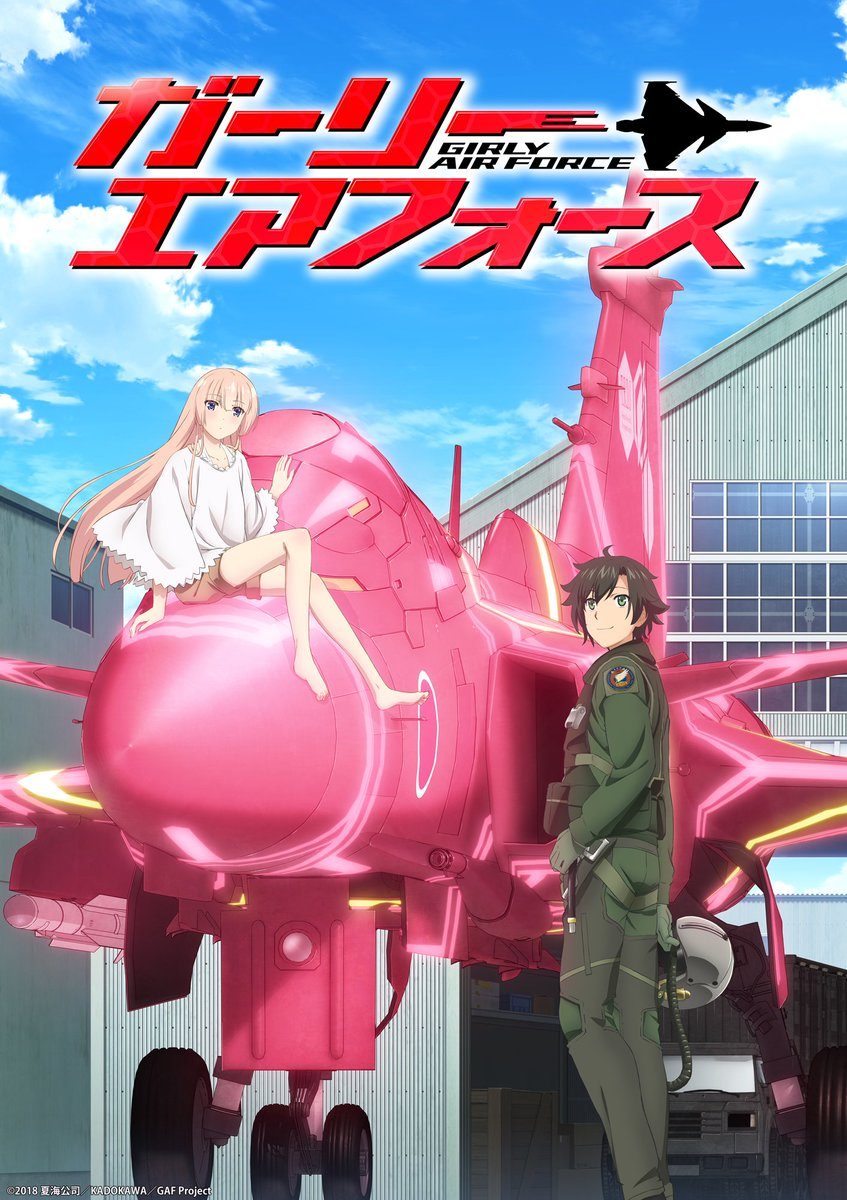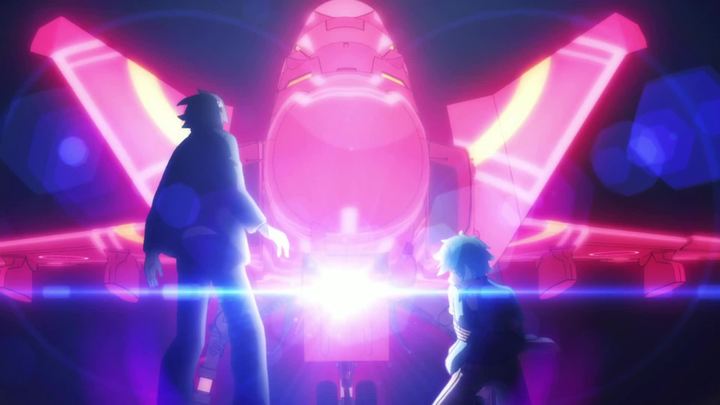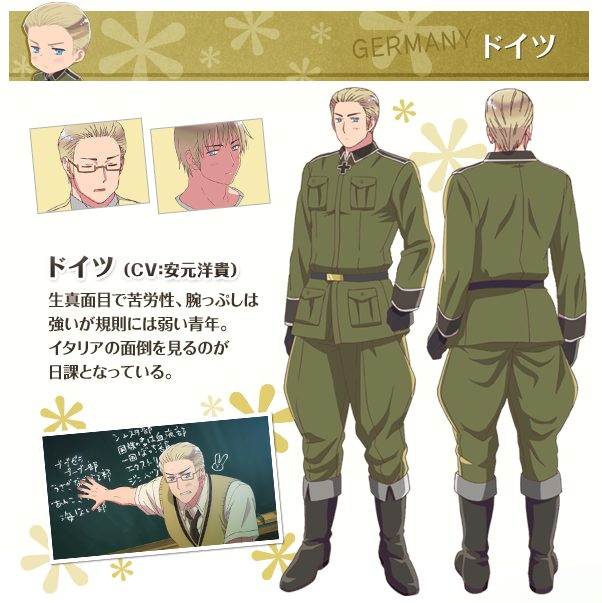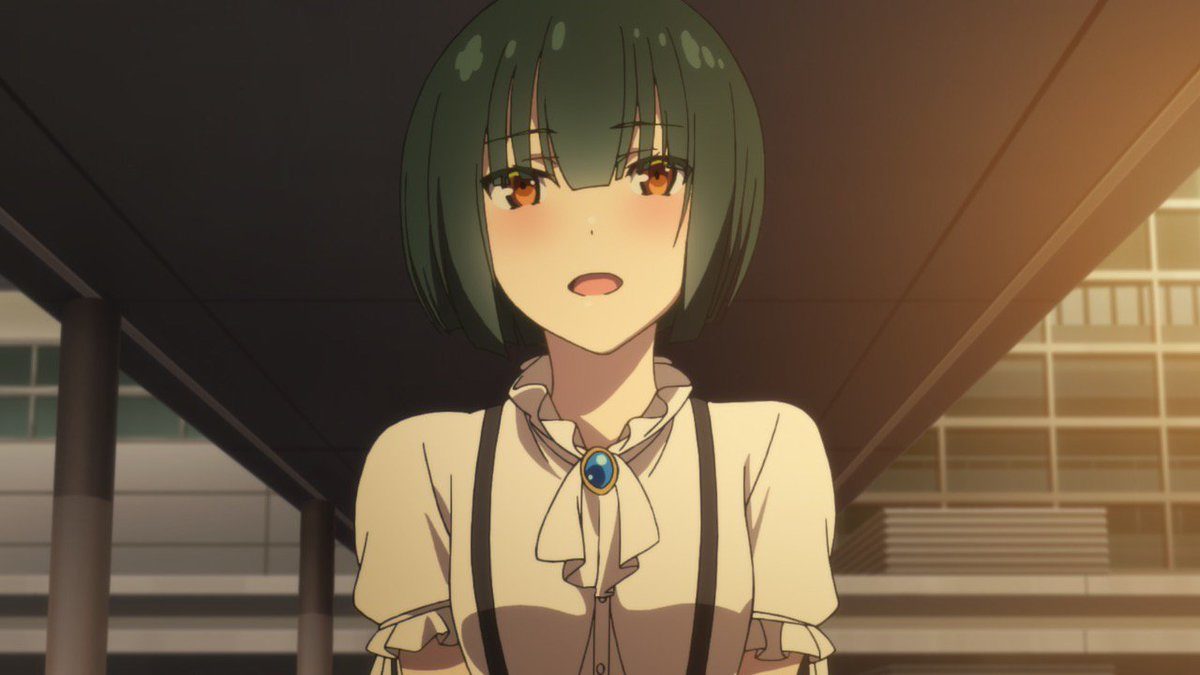One of my favorite shows running this season is also one of the least talked about: Girly Air Force. An adaptation of an 11-volume ongoing light novel by Koji Natsumi and animated by Satelite of Macross fame, the anime tells the story of a half-Chinese, half-Japanese teenager named Kei who flees a China overrun by technologically superior flying war machines called Zai, to Japan with his childhood friend Minghua.

Minghua’s only purpose in the story is to not be in it. Kei ends up attached to an advanced research project for the Japan Air Self-Defense Force (JASDF) when military scientists discover he has the ability to stabilize their experimental jet fighters and lead them to triumph over the Zai. Crucially, Kei’s aeronautical engineering expertise is expressed in the form of romance. That is, he hooks up with the planes. Kei getting frisky with a Saab JAS 39 Gripen is the key to defending Japan, rescuing China, and ultimately saving the world.

Now, of course, we don’t get to see Kei jamming his private parts into a jet intake. The special planes, called “Daughters,” have biological android pilot interfaces called “Anima.” As much as the Gripen is an incredibly sexy feat of Swedish engineering, with a delta wing and canard configuration that won’t quit, she’s also your adorable, sleepy, peach-haired imouto-type anime girlfriend. And she looks like an idiot when she holds a utensil.

This business of turning inanimate objects into anime girls you can bang is called “moe anthropomorphism.” The concept has taken many forms, going back to Chobits at the turn of the millennium, a manga that was part of a movement to personify computers and software like operating systems and programs as cute and datable waifus.
Moe anthropomorphism has exploded in the last two decades, with the likes of Hidekaz Himaruya’s Hetalia: Axis Powers, a manga and six-season anime about countries, mostly those contemporary to World War II, personified as anime hot boys the fujoshis can mash together.

Cells at Work! captured the hearts of audiences around the world with its portrayal of blood platelets as hardworking kindergartners in its world of moe anthropomorphized cells. Lawyer Yuko Morita even went so far as to create Constitution Girls, a manga that dares you to date the articles of the Japanese Constitution.
But it was the likes of Upotte!! (you can make out with a gun) and Kantai Collection (you can rail a ship), with their Chinese descendants’ Girls Frontline and Azur Lane respectively, that developed the subgenre of adorable, datable weapons of war and brought us here to Girly Air Force.
With nine of twelve episodes aired so far, Girly Air Force hasn’t covered much ground for being three quarters done. It introduced the threat of the Zai, introduced the ultimate solution in the Daughters and Kei giving them the business, but has otherwise done very little.
Almost all of the show’s runtime has been dedicated to introducing things, particularly the planes. Sure, that’s the point. We’re here for the bangable planes. That’s the sign on the door and it’s why I’m tuning in week after week. But we still don’t even know what the Zai are: whether they’re aliens or humans who’ve picked up some future tech. We don’t know what they want, or how we get from the Point A of Kei showing his joystick to a McDonnell Douglas F-4 Phantom to the Point B of defeating the Zai once and for all.

As a television show, Girly Air Force is not very good. I fully expect it to end without resolving much of anything. It has been nothing more than a long-form commercial for the light novels. But as a waifu delivery system and as an advertisement for the very concept of aircraft you can date, Girly Air Force is a resounding success.
For now, my vote for top plane goes to the McDonnell Douglas F/A-18 Hornet, but I’m still hoping they’ll roll out a Lockheed Martin F-35 Lightning to really shake up the plane girl world.














